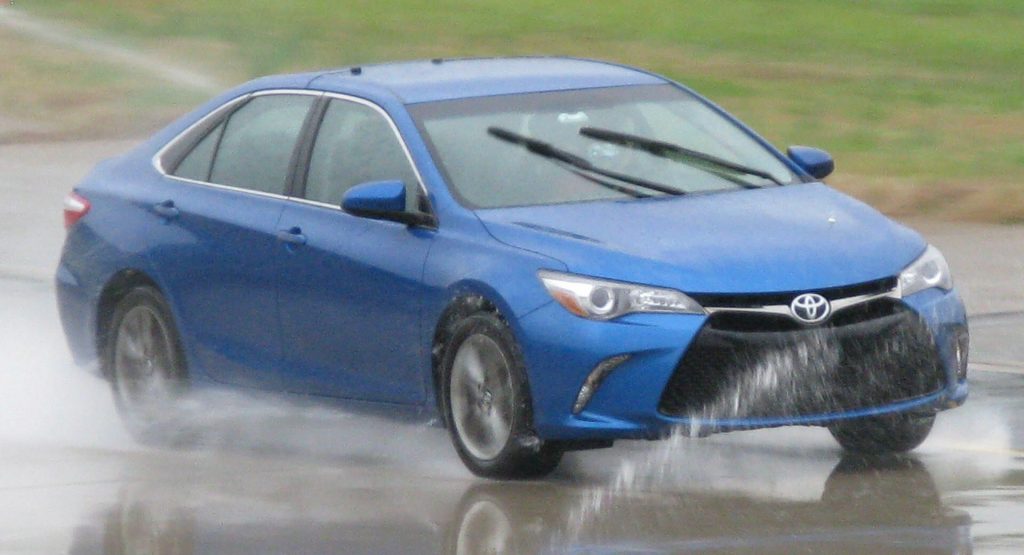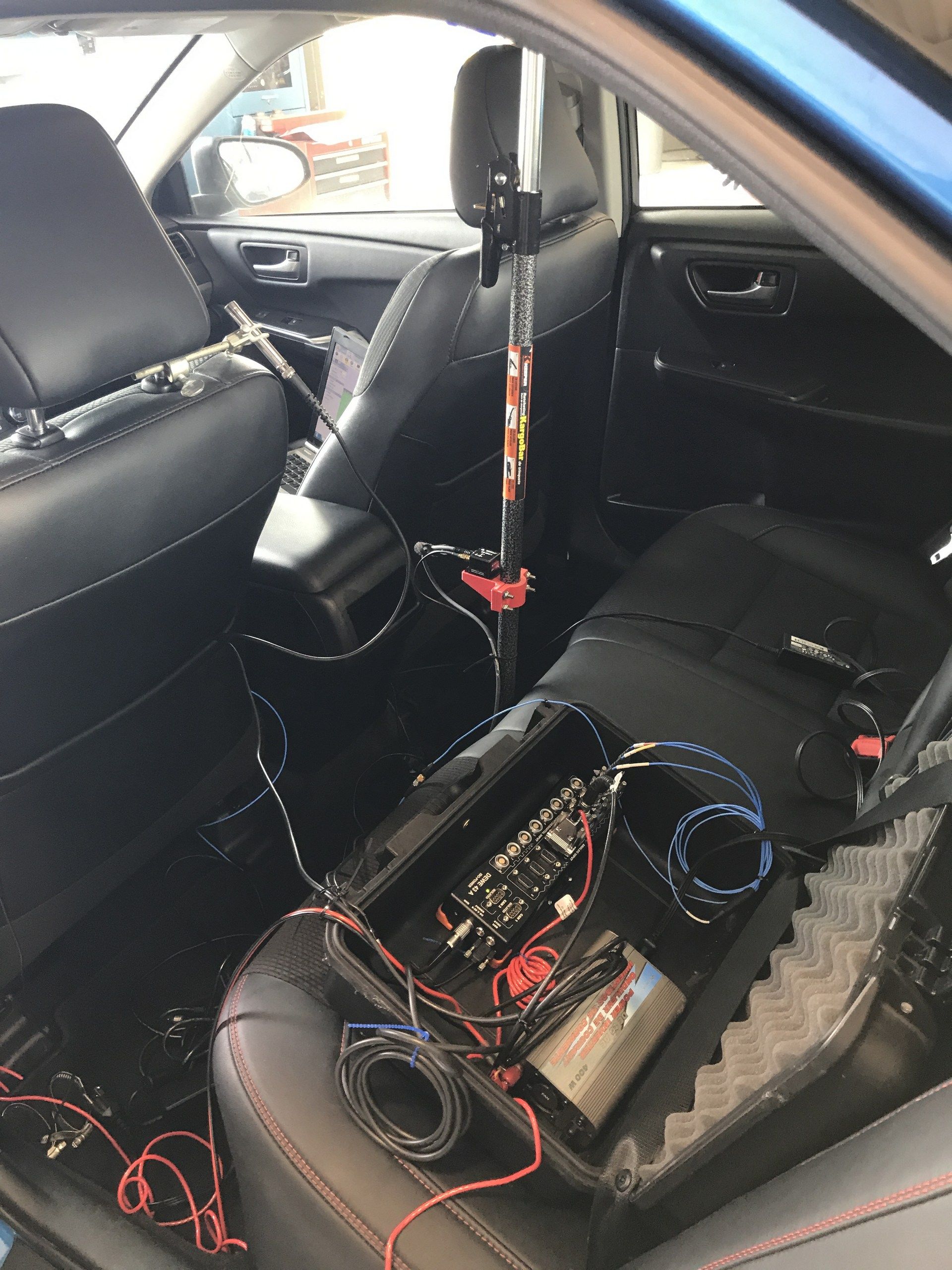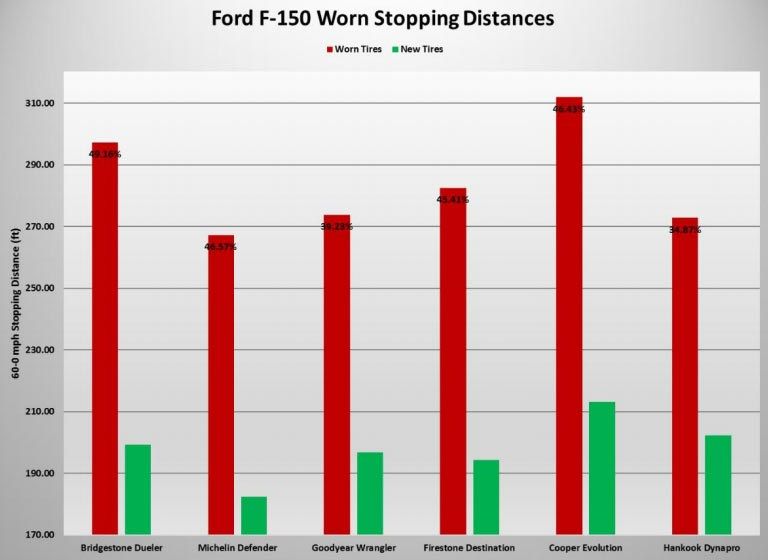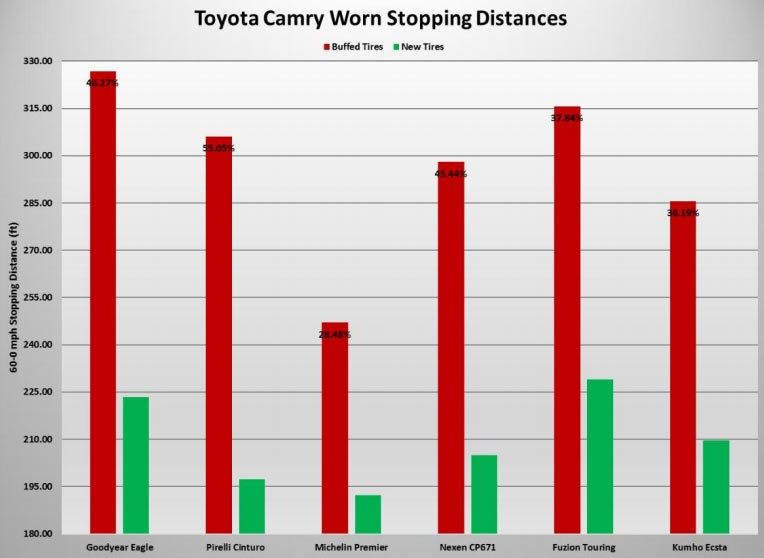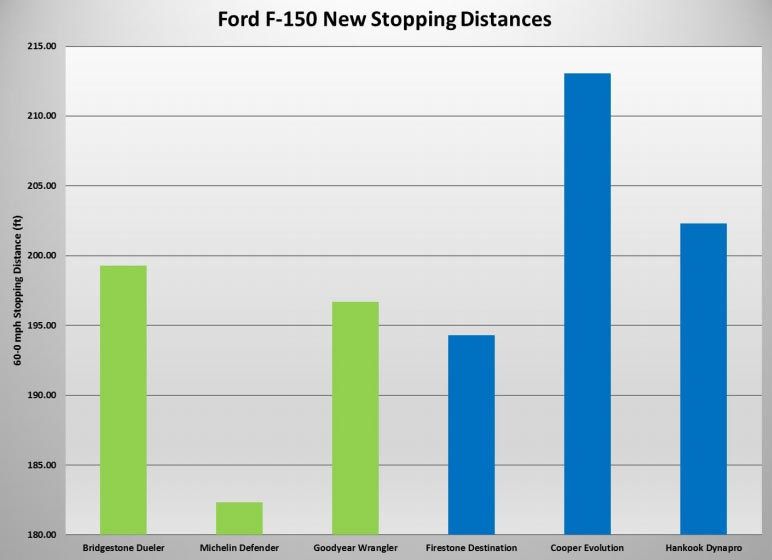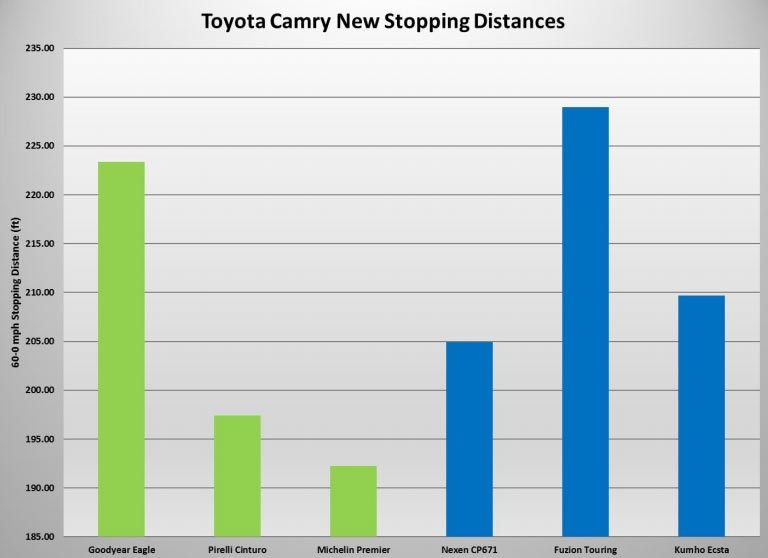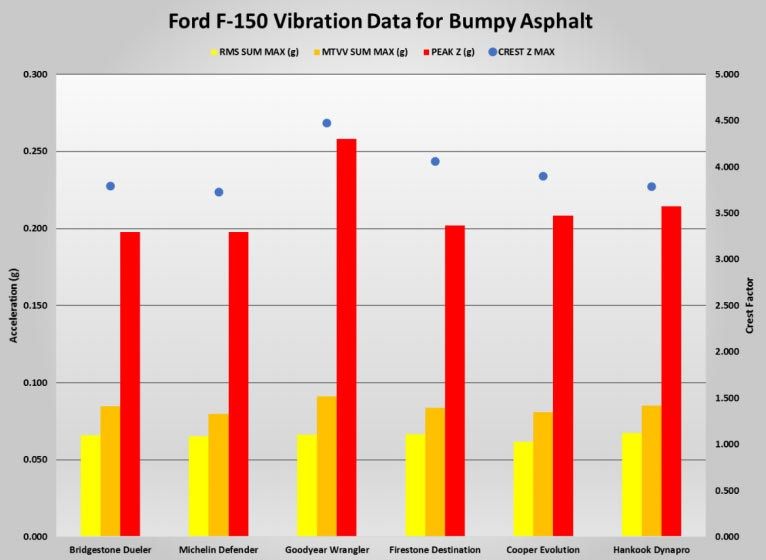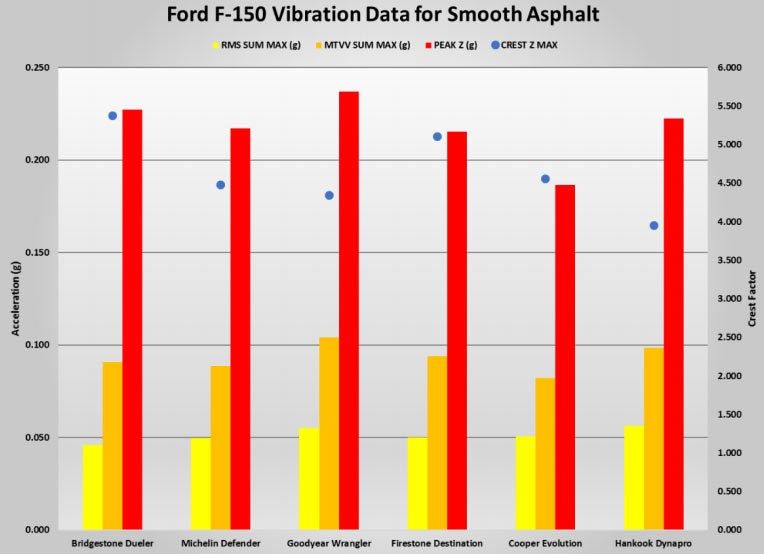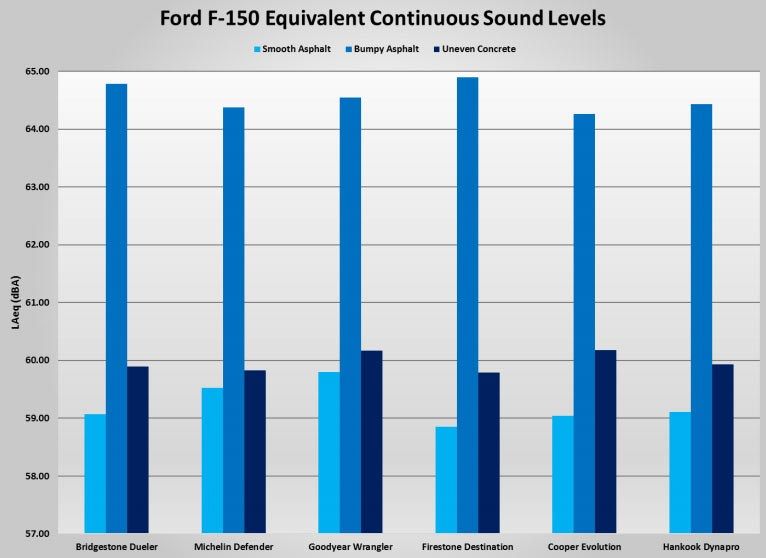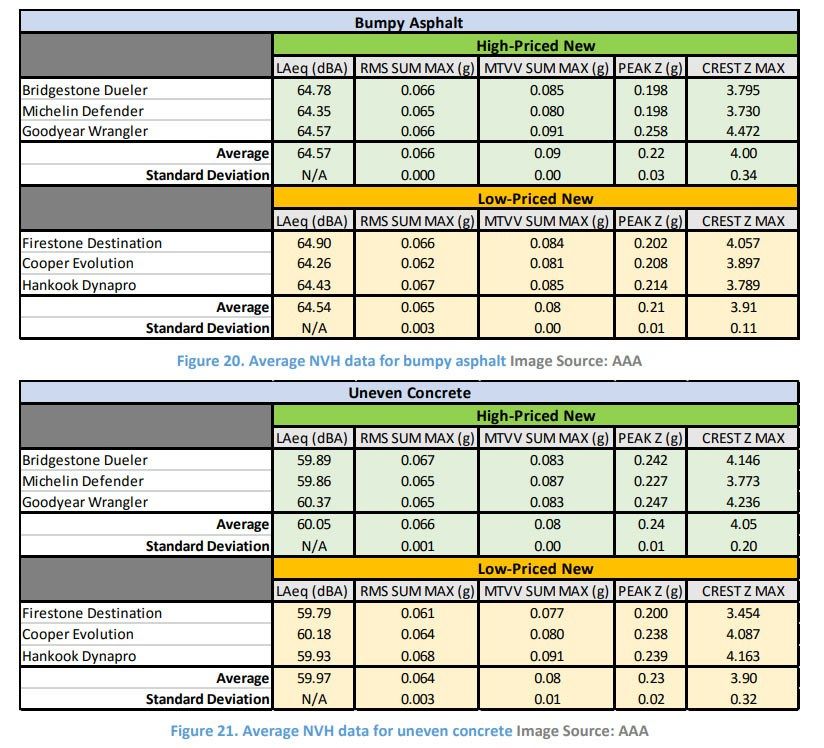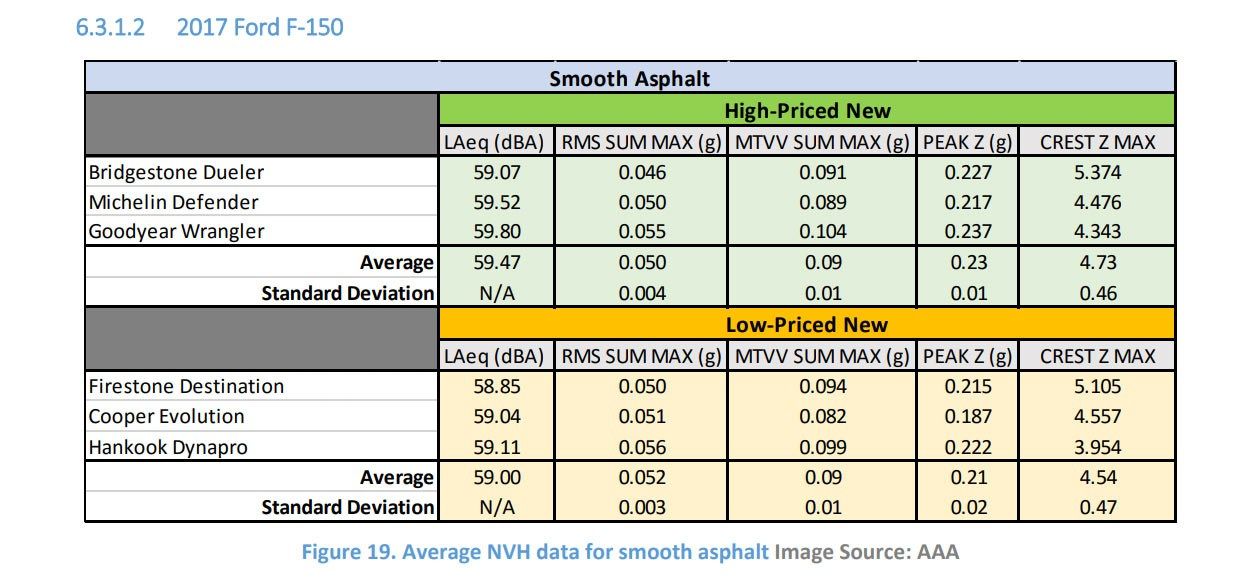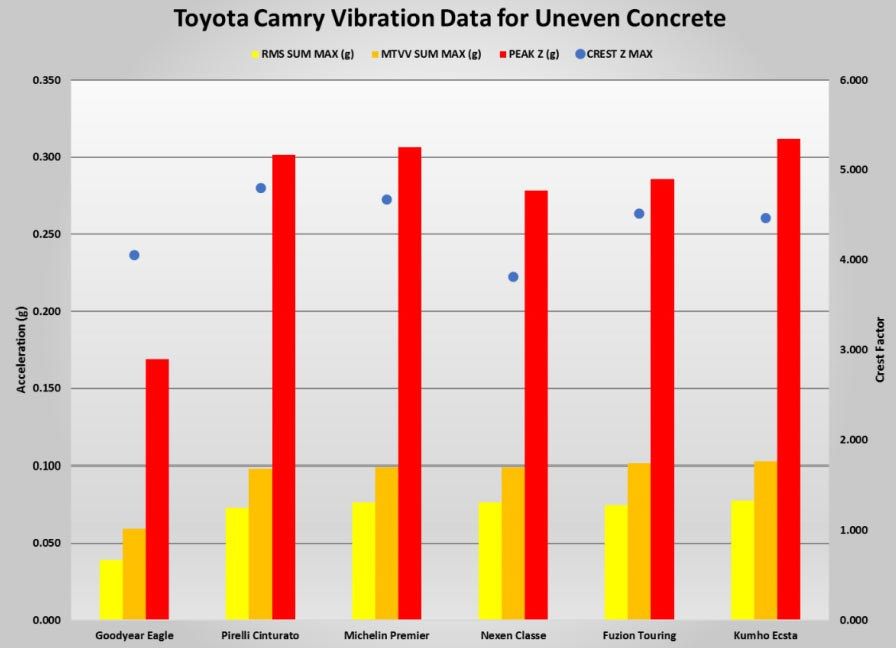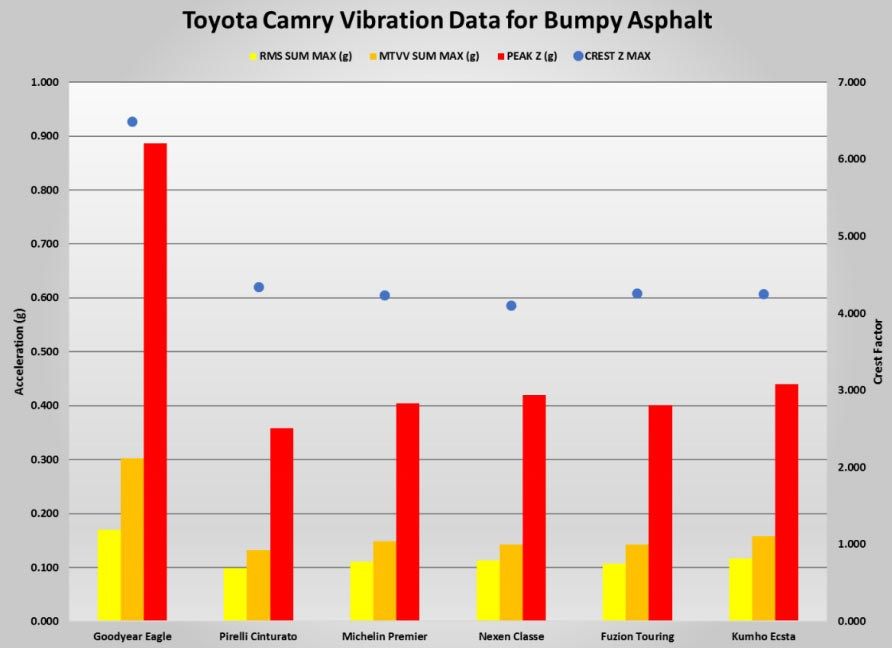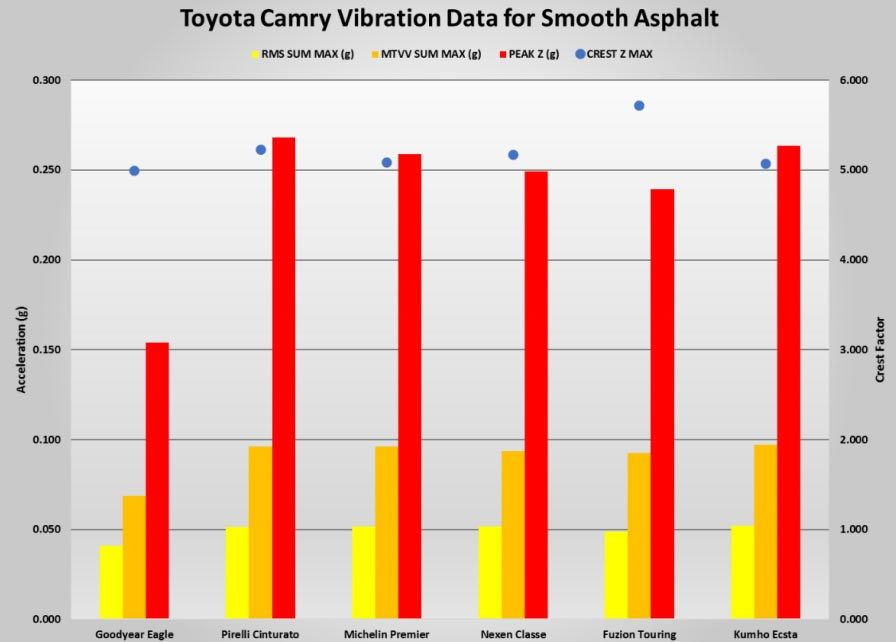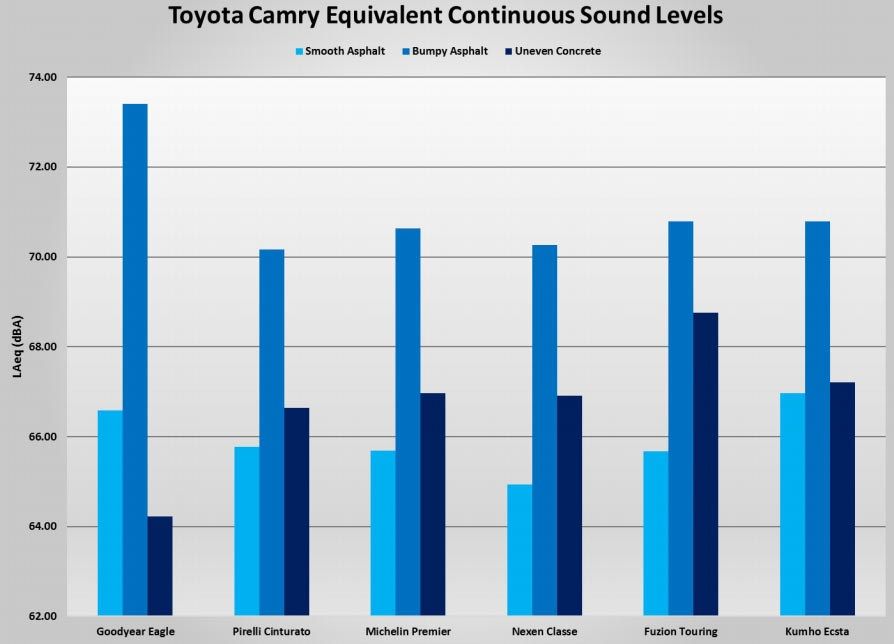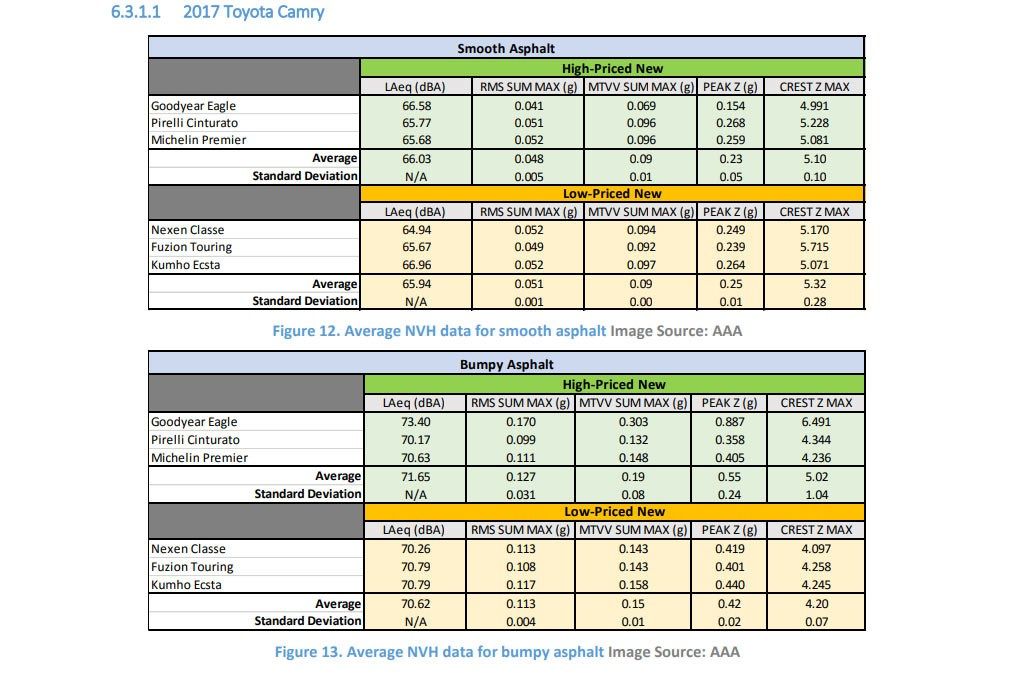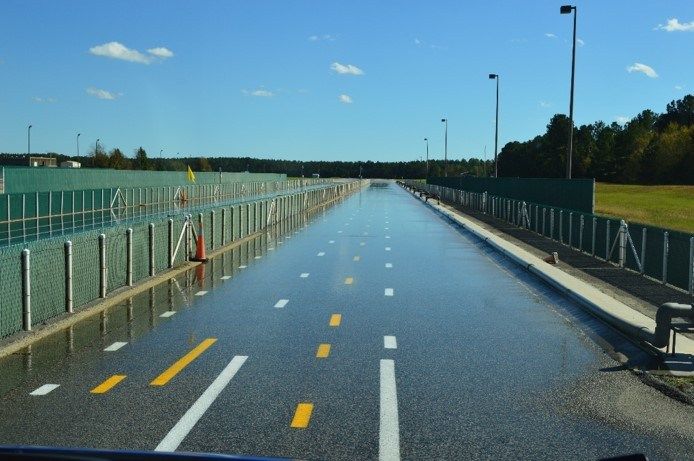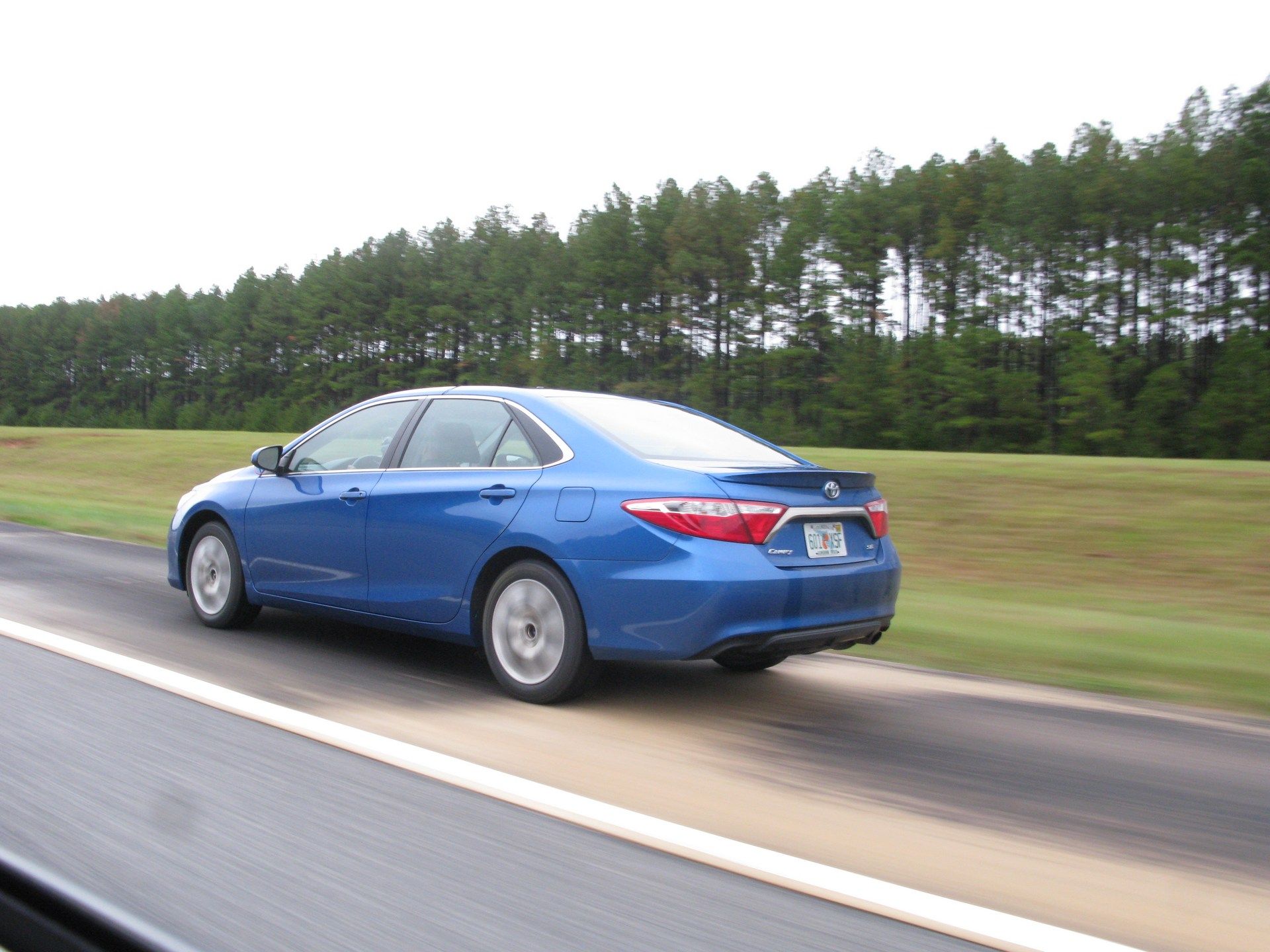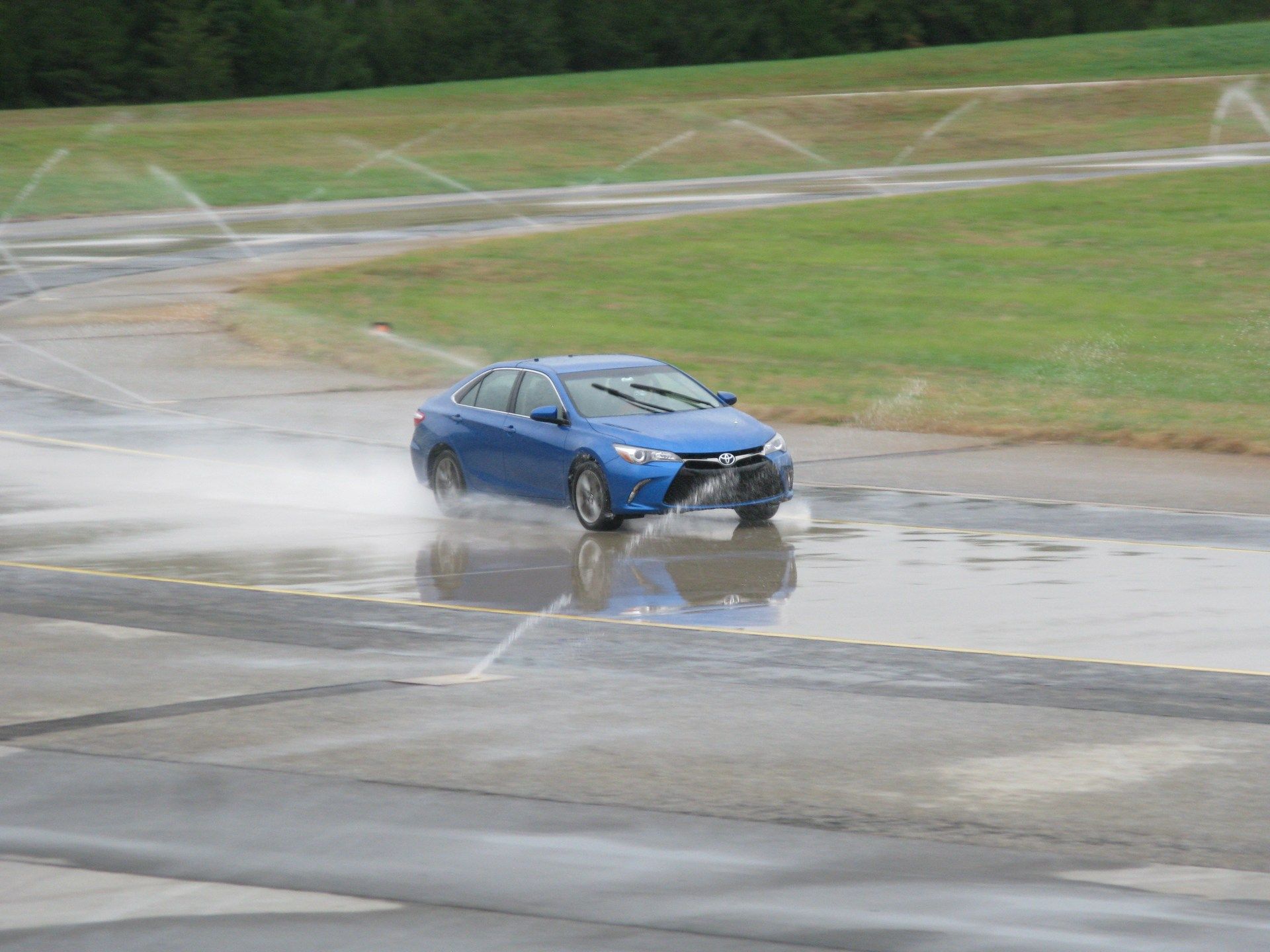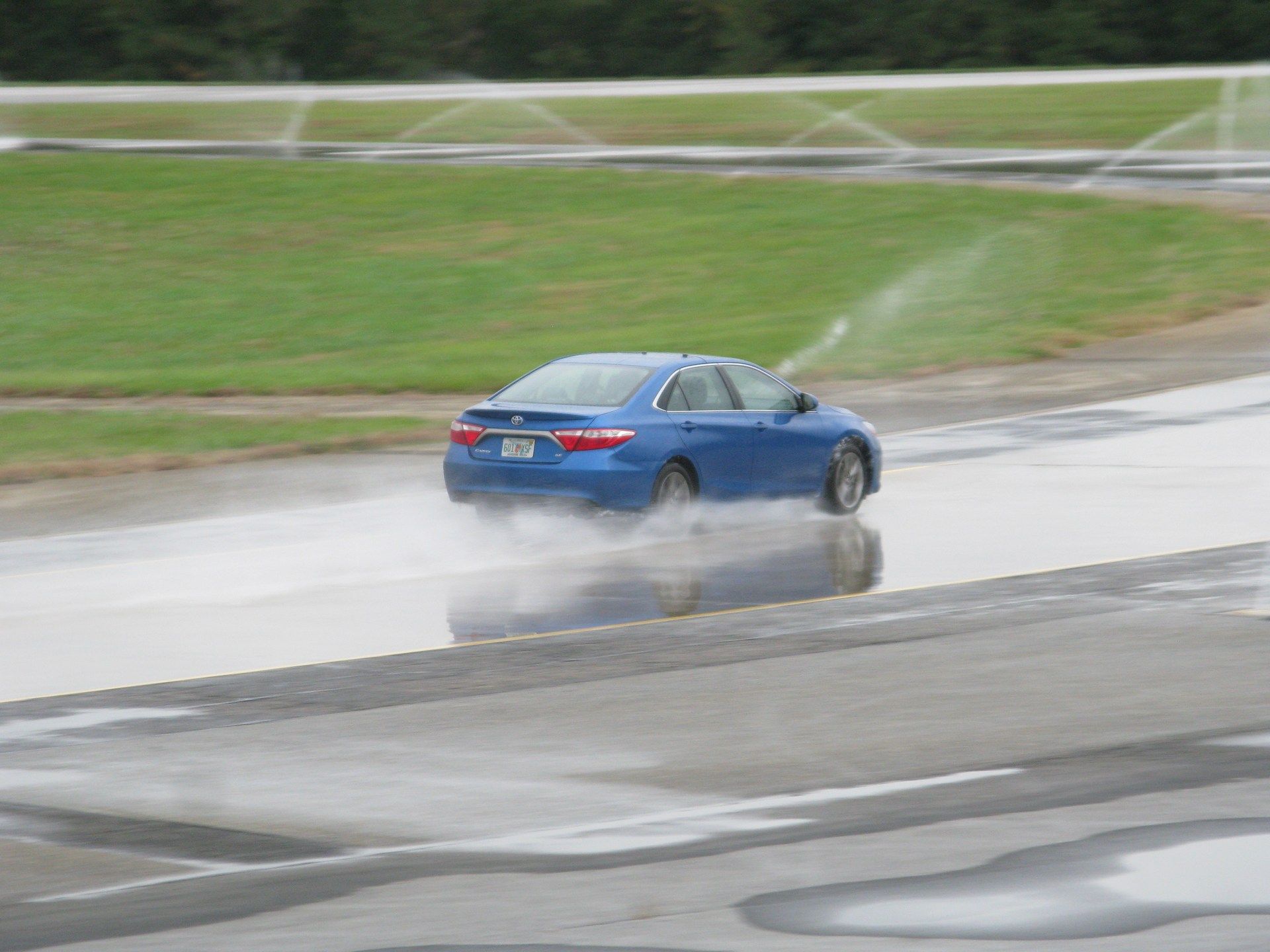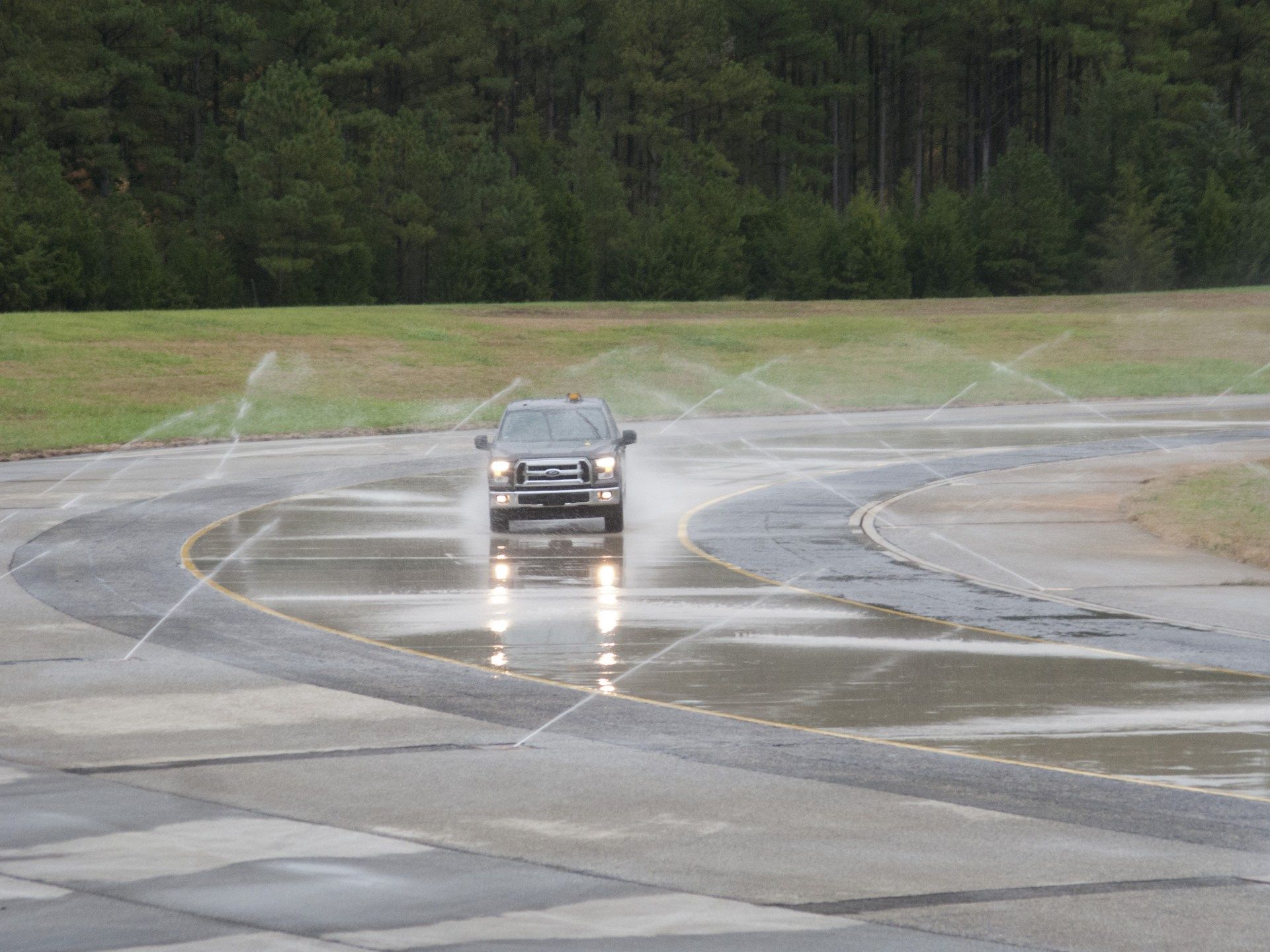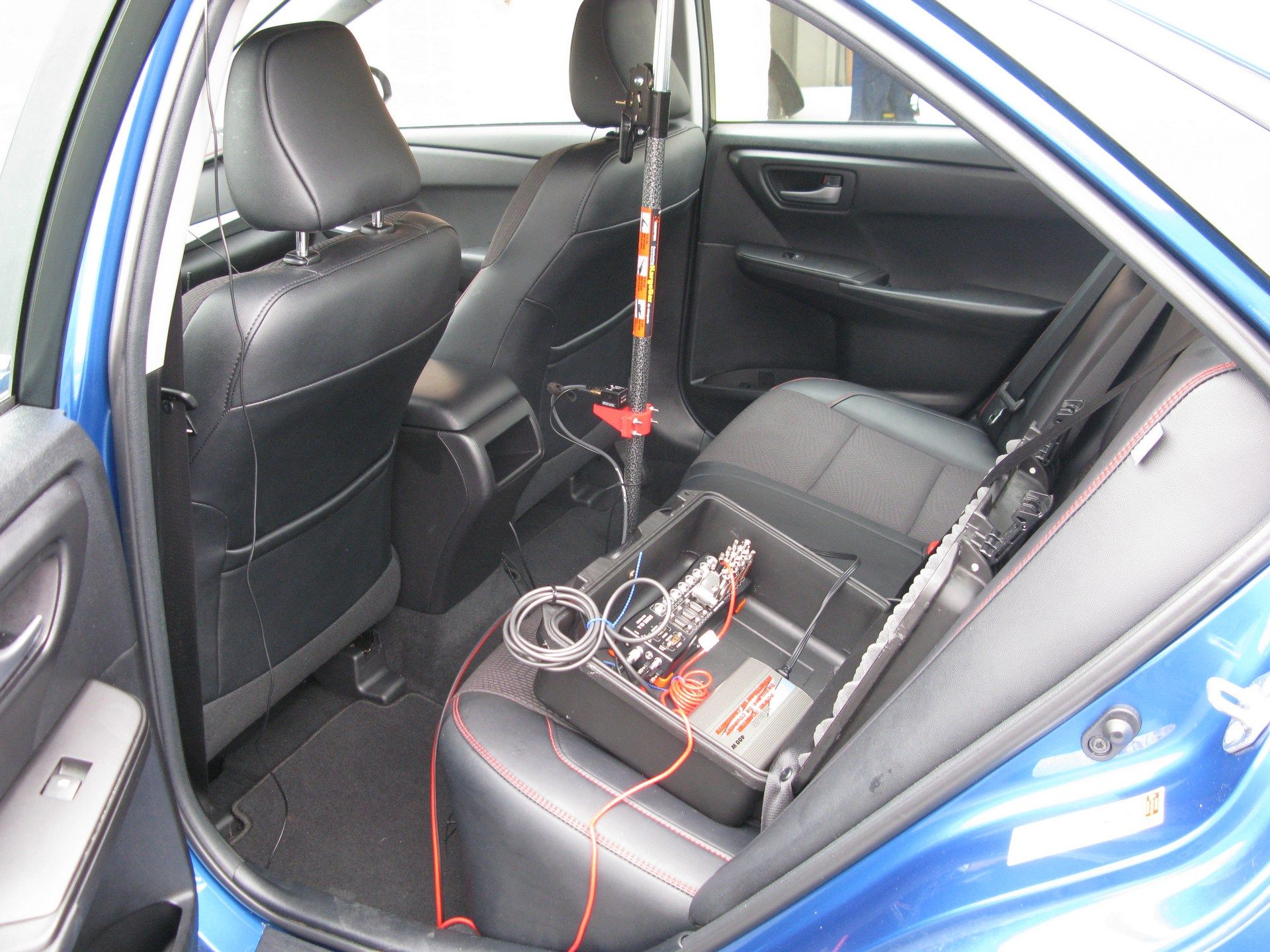AAA has released an interesting new study (PDF) which examines the performance of high-priced and low-priced all-season tires as well as their effectiveness as they wear.
As part of their research, they conducted a number of different tests on a Ford F-150 and a Toyota Camry equipped with the most common original equipment tire size. AAA says the two models which selected because they were the best selling vehicles between 2013 and 2016.
Jumping into the results, the study found that, on average, new high-priced tires “did not perform significantly better” than new low-priced tires. The organization says this is true for stopping distances on wet roads, acceleration on a wet roads and overall NVH characteristics.
This is a surprising finding and it could save savvy buyers hundreds of dollars. As AAA notes, a set of four higher-priced tires cost an average of $203.80 more than lower-priced tires on the F-150. In the case of the Camry, that number jumps to $247.52.

When it comes to worn tires, drivers need to be careful as results clearly showed tires worn to a tread depth of 4/32” exhibit major drawbacks. In the case of the F-150, stopping distances increased 44 percent on wet roads and the model was still traveling 37 mph (59 km/h) when it would have stopped with new tires.
The story is largely the same for the Camry as stopping distances increased 42 percent. The model was also going 39 mph (62 km/h) at the point where it would have stopped with new tires.
Overall, AAA says stopping distance increased by 87 feet (26.5 meters) for the Camry and 86 feet (26.2 meters) for the F-150. The Camry’s handling ability was also reduced by 33 percent while the F-150’s fell 28 percent.
Acceleration for both models also suffered with worn tires. The F-150 was 28 percent slower on wet surfaces while the Camry was 33 percent slower.
While worn tires should be replaced, AAA says current industry guidelines and state laws frequently recommend that drivers wait until tread depth reaches 2/32” to replace their tires. The group says this recommendation jeopardizes safety.




